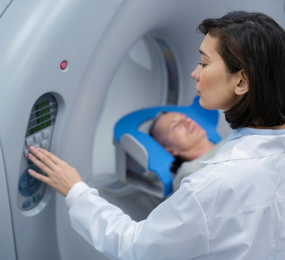Bioprinting, a cutting-edge technology inspired by 3D printing, is transforming the field of regenerative medicine. By precisely layering cells and biomaterials, bioprinting offers the potential to create functional tissues and organs, revolutionizing the treatment of diseases and injuries.
The Building Blocks of Life:
Bioprinting involves using a nozzle to deposit layers of bioink, a mixture of cells and biomaterials, onto a scaffold. As the layers accumulate, they form a three-dimensional structure that mimics the architecture of natural tissues.
- Biomaterials: The choice of biomaterials is crucial. These materials must be biocompatible, supporting cell growth and function while providing a structural framework.
- Cells: The type of cells used in bioprinting depends on the desired tissue or organ. Stem cells, with their ability to differentiate into various cell types, are often employed.
Applications of Bioprinting:
- Organ Replacement: Bioprinting holds immense promise for creating functional organs, such as livers, kidneys, and hearts, to address organ shortages.
- Tissue Repair: Bioprinted tissues can be used to repair damaged or diseased tissues, including skin, cartilage, and bone.
- Drug Discovery and Development: Bioprinted tissues can be used as models for drug testing, accelerating the development of new therapies.
Challenges and Future Directions:
While bioprinting shows great potential, challenges remain:
- Vascularization: Creating functional blood vessels within bioprinted tissues is crucial for nutrient delivery and waste removal.
- Maturation: Ensuring that bioprinted tissues mature and function properly in the body requires further research.
- Cost-Effectiveness: Scaling up bioprinting for clinical applications requires addressing cost-related challenges.
Despite these challenges, advancements in bioprinting technology and materials science are paving the way for a future where personalized tissue and organ replacement becomes a reality. As research progresses, bioprinting holds the potential to revolutionize healthcare and improve the lives of countless patients.
To register or learn more about the Forum please check here: https://bit.ly/3WRMLFS.
For more information and group participation, contact us: [email protected]
















